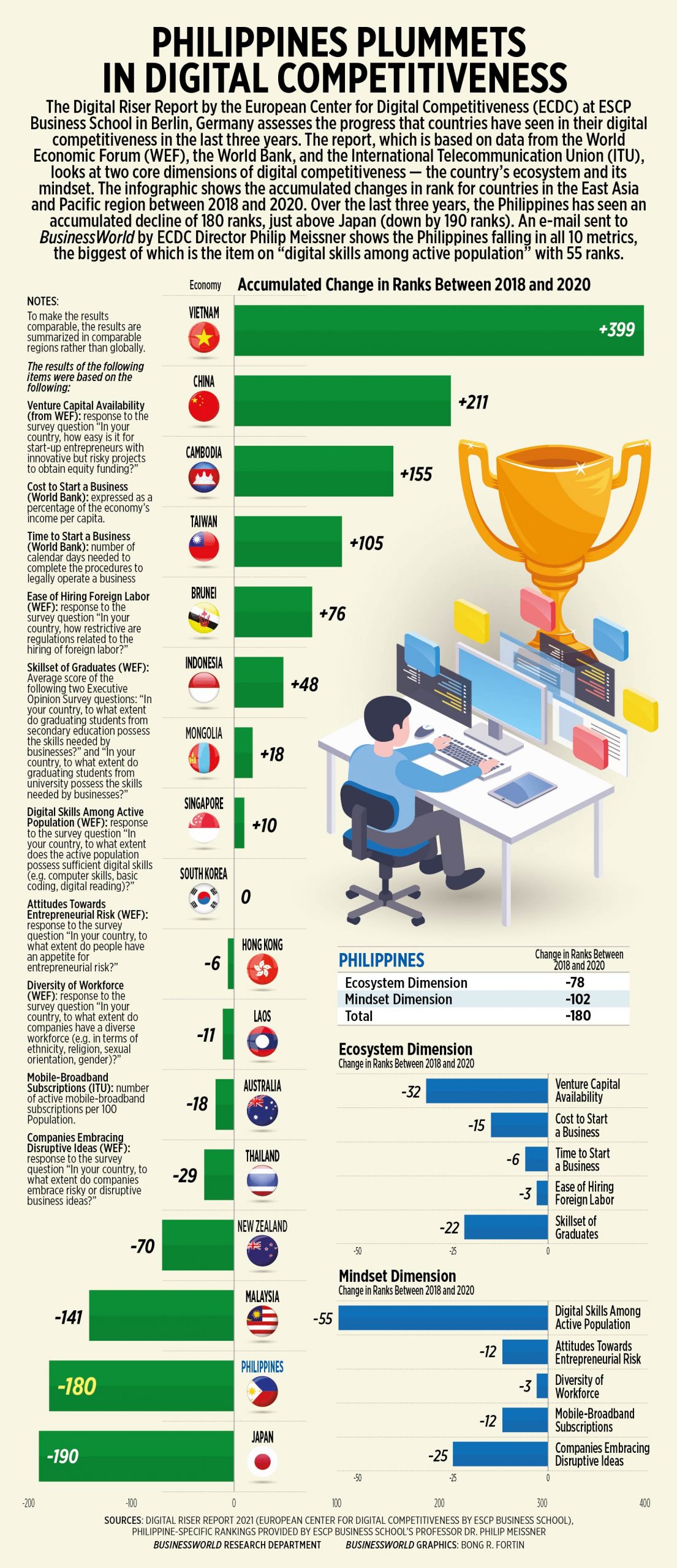The way old friends do
FANS long dreamed for the Swedish pop group ABBA to make a comeback, yet never really expected it. While all four members have reunited for public appearances, such as at the Swedish premiere of the film adaptation of Mamma Mia! in July 2008, they never made new music or performed together. But now, finally, for the first time in 40 years, ABBA has released a new album and will be going on tour.
Even after going their separate ways in 1982, the Swedish pop group’s music remained, enjoyed by old and new fans globally, with nearly 400 million albums sold worldwide, garnering 17 No. 1 songs. In 2010, the group was in-ducted to the Rock & Roll Hall of Fame.
Now in their 70s, the members of ABBA returned to the studio, with Benny Andersson and Björn Ulvaeus again writing and producing songs which were recorded by Agnetha Fältskog and Anni-Frid “Frida” Lyngstad.
The 10-track album opens with “I Still Have Faith in You,” one of the singles launched in September. While it carries an optimistic message of their comeback, with lyrics: like “Do I have it in me? I believe it is in there,” the track is a rather mellow opening compared to their previous albums that began with upbeat tunes. The other new single, “Don’t Shut Me Down,” which comes in as the fourth song on the album would have been better opening to hook the listener into enjoying more dance tunes.
The 1970s disco style returns in “When You Danced with Me,” “No Doubt About It,” and “Just a Notion,” the later an unreleased track from 1978.
Then there is, “Keep an Eye on Dan,” which, despite being a danceable track, narrates a devastating event in the life of a divorced couple who are co-parenting a young son. The song’s outro is also signatured by the piano in-strumentation in “S.O.S” (1975).
The ballad “I Can Be that Woman” can pass as this album’s “The Winner Takes It All.” Instead of melodic piano instrumentation, the new song takes on a 1980s soft rock ballad style. Rather than tackling a failed romantic rela-tionship like the 1980 classic, the song follows a woman’s reconciliation, with the lyrics: “You’re not the man you should have been, I let you down somehow, I’m not the woman I could have been. But I can be that woman now.”
The uplifting musical arrangement of “Bumblebee” is reminiscent of the flutes in “Fernando” (1975). The album’s only Christmas song, “Little Things,” is a sweet song about a couple talking about celebrating the holidays with their children. Both tracks are refreshing, lovely tunes to wake up to in the morning.
The album ends on a hopeful note with “Ode to Freedom.” As the lyrics note: “If I ever write my ode to freedom. It will be in prose that chimes with me… I wish someone would write an ode to freedom that we all could sing.”
A first listen through the entire record is like going on a time machine to the 1970s, with its disco music and straightforward song narratives. While Msses. Fältskog and Lyngstad’s vocals and harmonies have matured, they have maintained its quality.
The album mostly involves themes on family life, separation, and regaining motivation to revisit music, reflecting similar experiences in their lives. While some of these themes may not resonate with younger listeners, it is a gift of nostalgia, a wave to loyal fans who have followed the group since their heyday.
Messrs. Andersson and Ulvaeus have previously stated in interviews that the new songs were written without adapting to contemporary trends in pop music, which is acceptable. ABBA remains loyal to a distinct disco and pop sound, an upbeat rhythm, Mr. Andersson’s melodious piano playing, and Msses. Fältskog and Lyngstad’s harmonies, their signatures as artists.
Even after these years, still I say, thank you for the music. For more information on ABBA Voyage, visit https://abbavoyage.com/. — Michelle Anne P. Soliman

















